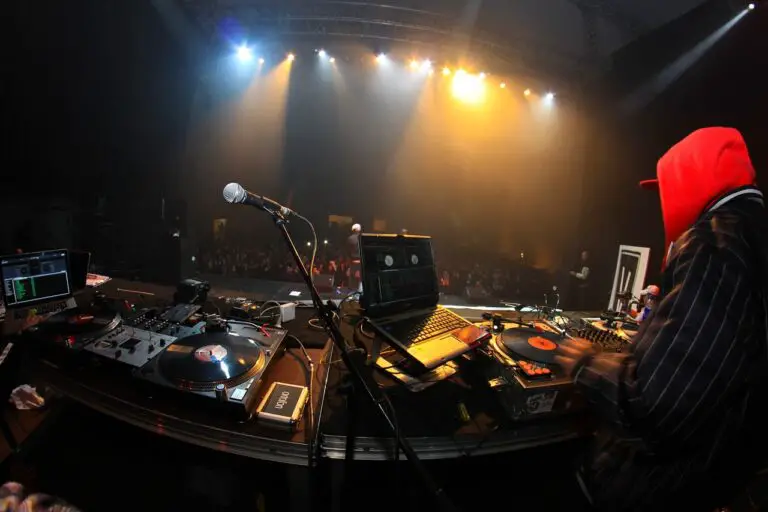Stage Rugs: What Are They And Why Bands Use Them
Have you ever wondered why some musicians stand on top of rugs on stage?
A couple of years ago, I was at a huge outdoor festival and heard another concertgoer say that the singer stood on a rug he used to mark his territory, that no one else was permitted on *his* rug, sorta like his carpeted primadonna private island. A personal red (or oriental) carpet did not sound out the wheelhouse of the imagination (or *cough* ego *cough*) of some rockstars.
I happened to have had nothing but a good experience socializing with the singer under fire. Rather than get into a pissing contest for punk points about a rug with the accusatory individual and simply because I love gathering new information, my mind wandered to the question and what brings me to this article.
Why do bands have rugs on stage? Bands use stage rugs for two main reasons: function and tradition. Traction, hiding wiring, sound regulation, physical comfort, and positioning fall under functional reasoning for stage rugs whereas the tradition, specifically in the use of oriental rugs, is simply passed down through hundreds of years of professional performing.
While certain musicians may be rumored to have major egos, rugs are not used to feed them. Although diets high in fiber do benefit life of the road; that is a topic for another post altogether.
In fact, stage rugs do the opposite of unnecessarily bolstering a musician’s sense of self-importance; they help soothe a performer’s body, mind, and even spirit as well as create safety and better sound – not to mention build upon a lasting artistic legacy.
Functions Of Stage Rugs
Traction: Rugs help create grip on stages that without them can easily become slippery with sweat (or booze).
Cable Management: Similarly, cables can be easily and safely stowed underneath and pedals placed securely on top; no messy, potentially hazardous exposed wires or need for tape (and untaping and thus the gummy mess on expensive gear that follows).
Better Sound: More so, the cushion of stage rugs deadens the floor thus lessening the feedback whilst also comforting the musician’s body while they stand in one, would-be, hard place for 90 minutes.
Comfort: The emotional comfort a rug offers a musician – reminiscent of a similar rug in their studio or home – softens the nerves formed from playing for thousands of loud fans.
Space Markers: As the final function for our list, stage rugs can clearly designate placement for artists on new or unfamiliar stages. Traveling day after day, with new venues night after night, the function of a stage rug is not only multifaceted for the artist but integral for the audience’s enjoyment, too.
Juli Crockett, of The Evangenitals, had this to say about the comforts of home on the stage:
“I think there’s something about the ‘settledness’ of having a rug that makes it feel home. Feels like somewhere you actually “are” – not just passing through. You’re going to be here, and be present, and have a moment in this space. If it’s a rug and a lamp, that’s just heavenly. I used to bring a rug and a lamp to Mr. T’s Bowl in Highland Park in the early days. Partially because I was nervous and it gave me elements of comfort and also because it lent an air of specialness and ‘event’ in a really grounding way … and Mr T’s *was* my home for a good while.”
Why Do Bands Use Oriental Rugs Onstage?
Oriental rugs, often most commonly used as stage rugs, not only show little signs of staining due to their unique, intricate, and look classic – they ARE classic. Hundreds of years ago, orchestras performed with them. Artists today follow suit and do the same because if it works, it works.
Suffice to say, stage rugs serve as fashion and function. They are the bandanas of the stage gear world. Cool-as-heck, rock-n-roll accessory? Check.
Looks great in a back pocket, wrapped around a mic or as a headband? Double-check.
Wet and tied around one’s neck for literal coolness? Triple-check.
Spilled a triple Jack and Coke and paper-towelless? Bandana backup!
From Tupac and TLC to Slash and The Rolling Stones – you get the idea! Stage rugs are the same. From aesthetics to assistance, those rugs on the stage have got bands … covered *rimshot*.
More questions? Here’s the reasoning behind other rock-n-roll-related rugs:
How To Clean Stage Rugs
Stages aren’t known for their cleanliness but stage rugs don’t need to follow that trend. After long tour rugs are bound to be filthy. Luckily, according to Stagerugs.com (a store that is apparently entirely dedicated to staging aesthetics) cleaning most stage rugs is easy.
- Vacuum: Lay the rug on a flat surface and go vacuum any large noticeable degree.
- Apply soap with a sponge: Next, use warm water and mild soap. Apply this solution to the rug using a sponge making sure to stroke in one direction.
- Brush The Edges: If your rug has fringe edges, use a laundry brush to get a deeper clean.
- Rinse in warm water: Rinse thoroughly moving in the same direction as the fabric.
- Air Dry: Lay the rug out to dry indoors or outdoors. Remember to flip the rug once it’s dry to the touch until both sides are completely dry.
It is recommended that rugs are cleaned annually. Most stage rugs do not need this much care to clean. In fact, beer stains or tears are sometimes worn as a badge of honor or tour memories.
Why do recording studios have rugs?
Rugs in the studios, like stage rugs, are art for the artists. They add a pop of color to an otherwise white, uninspiring room. This is the same as one would do to warm up any living space. Art on the walls, art on the floors.
Additionally, musicians shared that rugs feel great on bare feet. Physical comfort is key and goes way beyond aesthetics. A direct quote from Lauren Denitzio of the bicoastal band Worriers delves a bit deeper:
“Not on stage (though I would love to) but in the studio … yes absolutely. I don’t think I’ve ever recorded vocals not standing on a rug/carpet … it’s just more comfortable when you’re standing for a long time and in the studio [rugs] help dampen the sound overall.”
How Do Rugs Affect Studio Acoustics?
Studio rugs result in a purer sound for the engineers and therefore a higher quality of music for all. Here’s a video with a detailed comparison of studio floor variations for optimal sound.
The latter portion of Denitzio’s quote brings me to the next use for studio rugs: management of acoustics. Walls and ceilings in studios are typically padded with foam for this same reason. Said padding controls sound reflection (like reverb) and thus eliminates not just noises from the outside world but also in-house footsteps, drum-thumping, and any other auditory distractions.
Why Do Drummers Use Rugs?
Rugs keep drums, that would otherwise shake, rattle, and roll, in place. While us punk rockers can pretty much agree that louder is better, the louder the drummer, the worse the drums shimmy. A thick rug helps hold the drums steady and boom – more (literal) bang for your buck.
Conclusion
Moral of the story: stage rugs blend the worlds of concert and function by giving musicians a foundation on stage.
Things are not always what they seem and looking cool pales in comparison to being cool. Being cool for a musician means making great art and stage rugs facilitate that. Bonus moral: to paraphrase Poe (as in Edgar Allan), believe none of what you hear and half of what you see – hence why I looked more into this stage rug business. This author encourages anyone else to do the same when their curiosity is piqued.
Any other rug- or rock-related questions? Well, in addition to doing your own research (knowledge is power!), hit us at By The Barricade up and we will do our best to answer them! After all, teamwork makes the scene work.

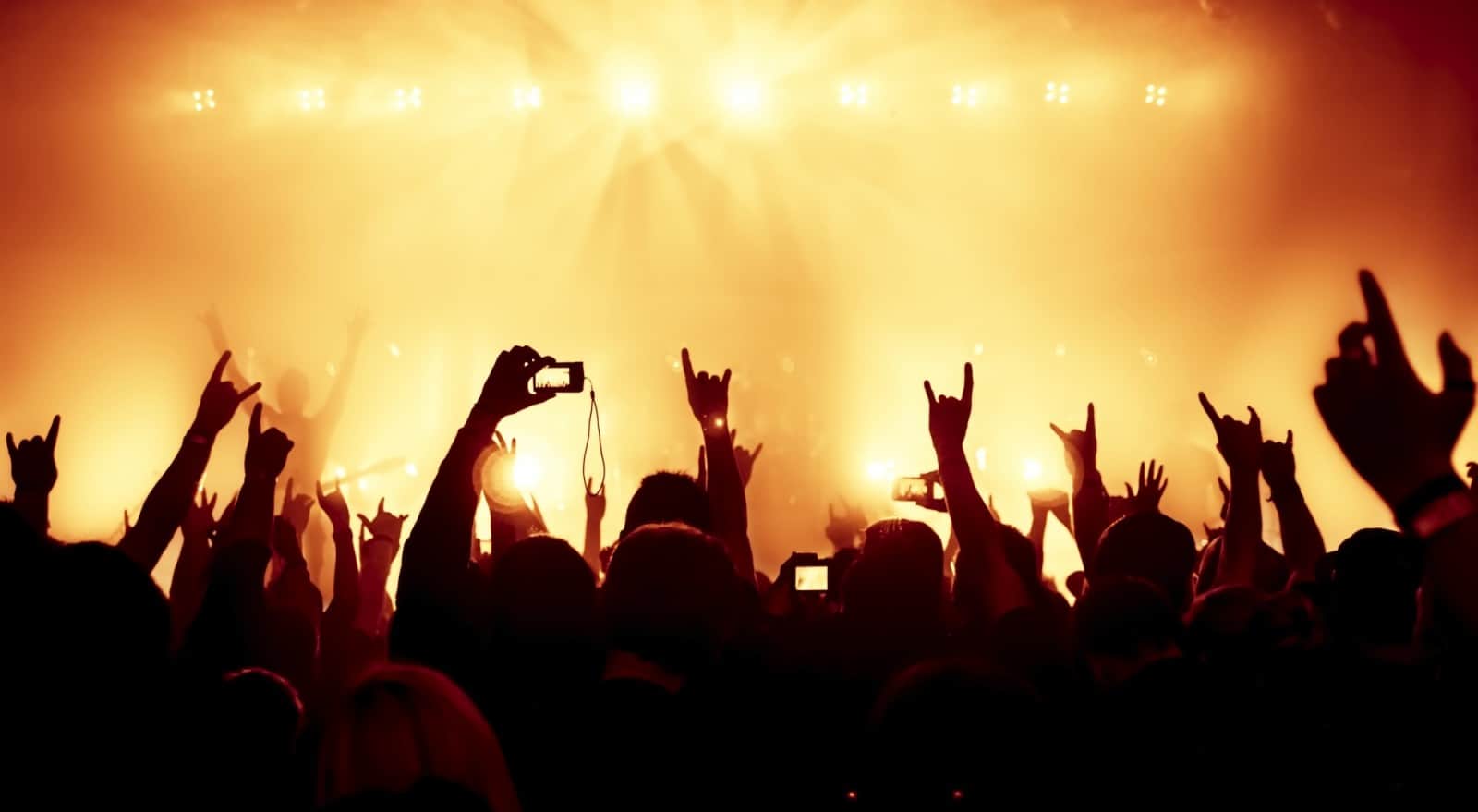

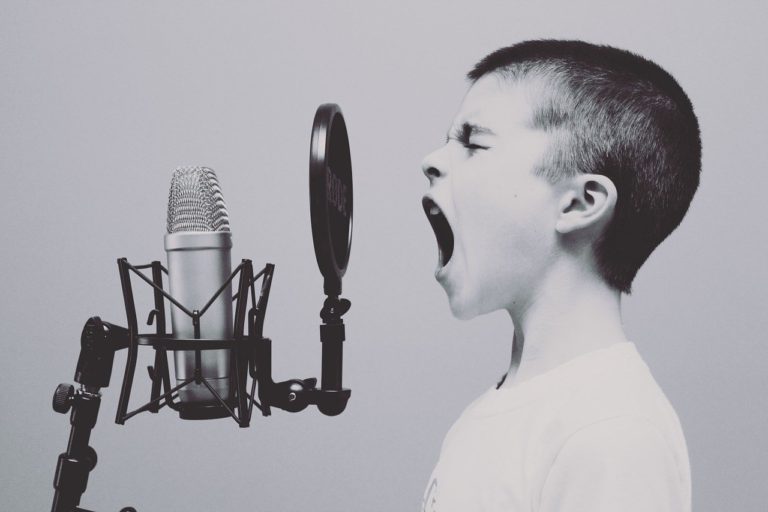
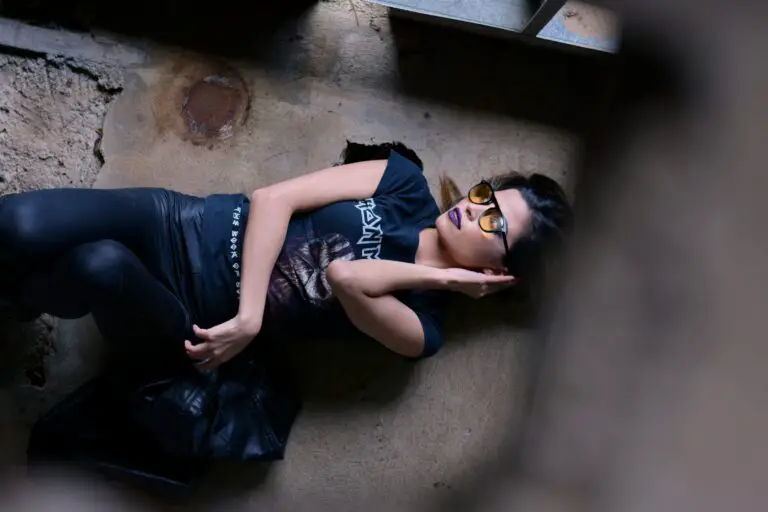
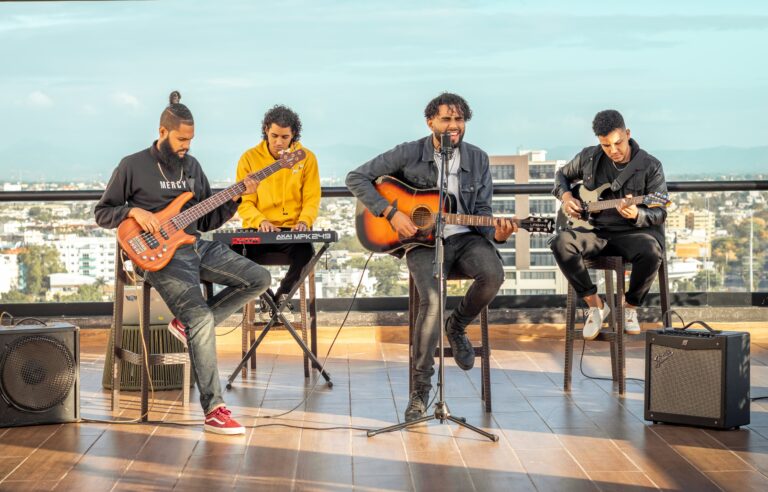
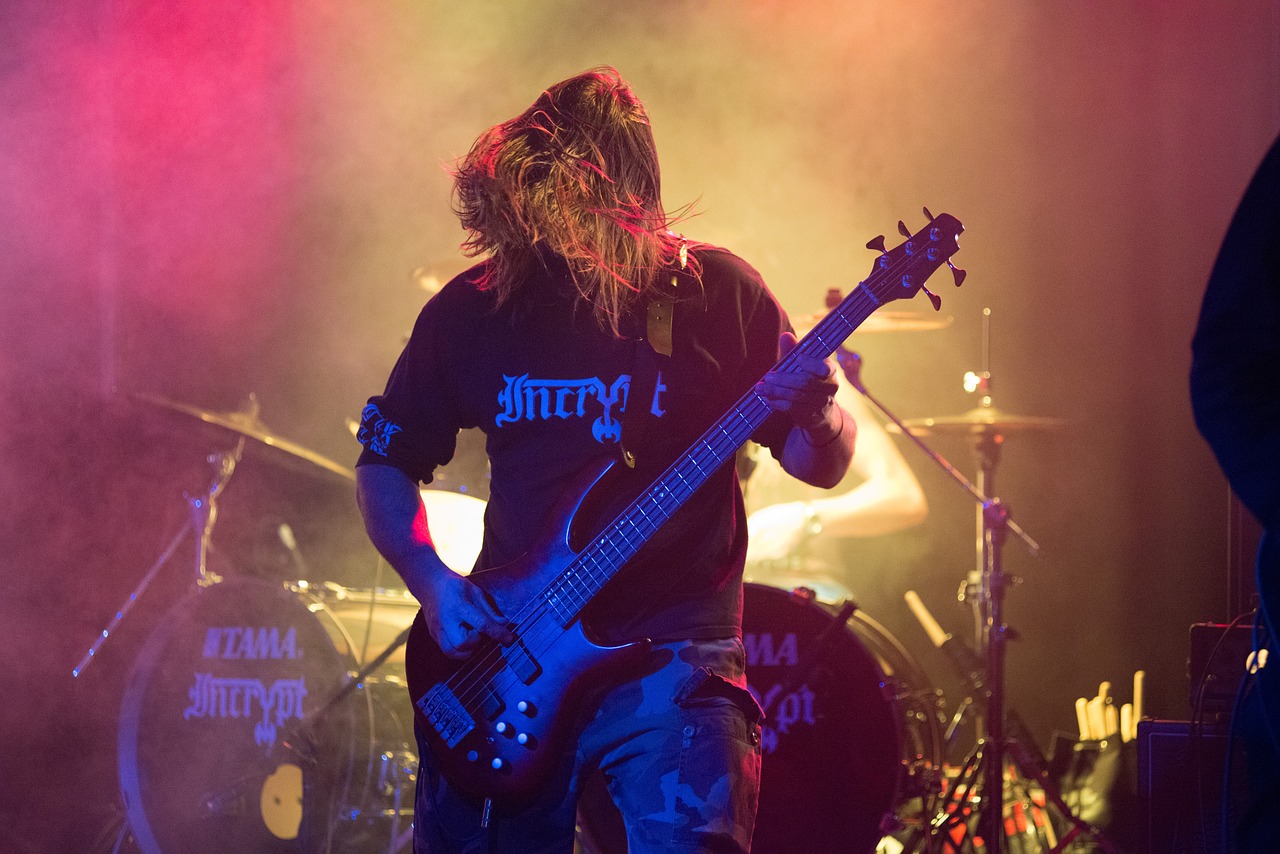
![How to Remix a Song Legally [Copyright Considerations]](https://www.bythebarricade.com/wp-content/uploads/2023/04/150254623_l-1024x576-1-768x432.jpg)
